#lugo
Text


Ephemeral as a cherry blossom.
312 notes
·
View notes
Text

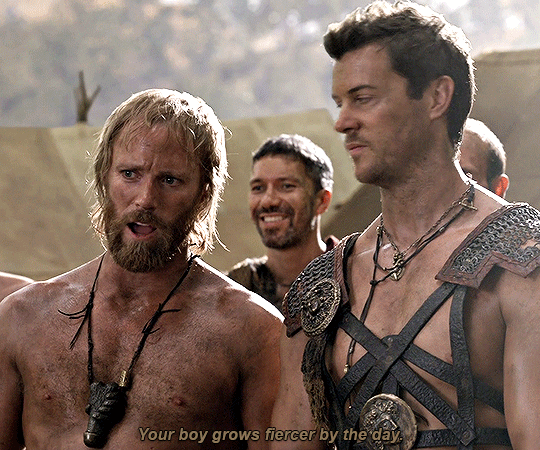



Spartacus: War of the Damned | Enemies of Rome
313 notes
·
View notes
Text

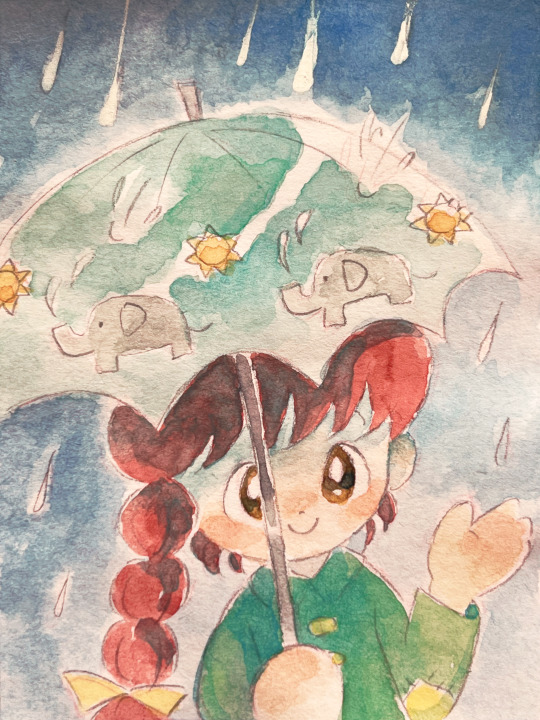




Sets 3 & 4 of trading cards (Set 4 is available here!)
87 notes
·
View notes
Text



#spartacus#vengeance#tv#series#nasir#lugo#agron#fighting#my gifs#540px#10mb#The Scrounged#Everyone is bitchy in this episode#but old sparty cheers them#with drink and contest
39 notes
·
View notes
Text
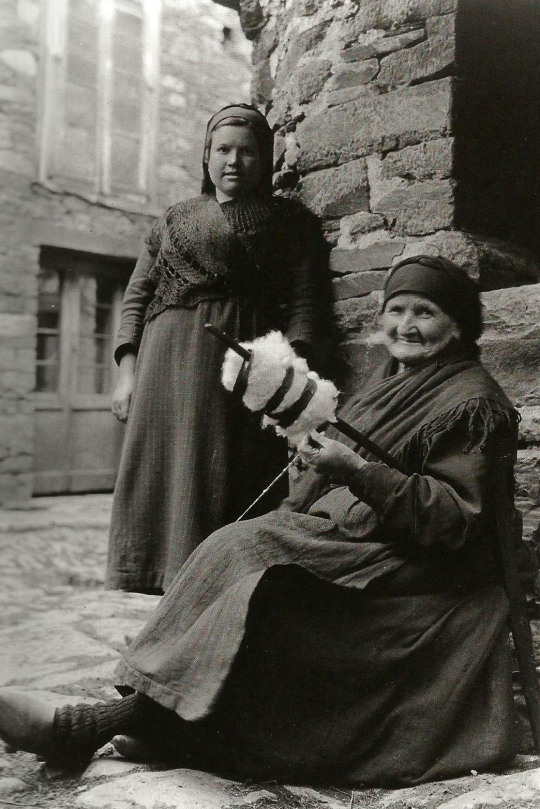
Vella fiandeira. A Fonsagrada. Lugo, Galicia, España. 1925
Foto: Ruth Anderson
26 notes
·
View notes
Text

PLAYA DE LAS CATEDRALES - ESPAÑA
#playa de las catedrales#as catedrais beach#praia das catedrais#ribadeo#lugo#cantabria#costa#galicia#españa#spain#europe#europa
163 notes
·
View notes
Text


Palloza, O Cebreiro, 2011.
The round stone building topped with a straw roof is a traditional building type in the mountainous areas of northwestern Spain.
#architecture#vernacular#palloza#o cebreiro#lugo#galicia#españa#2011#photographers on tumblr#camino francés#camino santiago
32 notes
·
View notes
Text
Os dejo este vídeo, que ya tiene un tiempo, de cuando recorría tierras galaicas.
También os dejo un texto donde explica el origen y el porqué de ese “túnel” en el río.
Los romanos llegaron a Galicia y se quedaron sobre todo por ser fuente de abundante materia prima mineral y natural. Para su localización, se recorría cada rincón de la región y para la extracción del mineral se recurría a cualquier método que facilitara su explotación. En tierras de Quiroga, el Sil discurre caprichosamente formando grandes meandros y grandes valles, para así salvar la dureza de estas rocas. En uno de ellos, justo 1 km antes de que las aguas del Bibei se mezclen con las del Sil, existe un meandro que su curva describe un bucle de casi 2,5 km.
Sin embargo, las aguas del río daban esta vuelta para poder salvar una dura pared rocosa, que separaba la otra esquina del meandro en tan solo en 140 metros. Los romanos sabían que el Sil arrastraba oro, y para ello decidieron secar el meandro. ¿Y cómo? Decidieron «furar» (horadar) el monte para poder desviar el río. Así, los 2,5 km del meandro se secarían y facilitaría enormemente la tarea de la búsqueda y extracción de tan preciado metal. Fue construido en el siglo II, en tiempos del emperador Trajano.
Su construcción original constaba de un túnel de 120 m de largo por 20 m de alto. Desafortunadamente, en el año 1934, una enorme riada tiró gran parte del túnel, dejándolo en sólo 52 m, que es lo que hoy se conserva. Se trató de una de las mayores obras de ingeniería romana de la Península, lo que nos lleva a pensar en su prolífica producción de oro. Se cuenta que miles de hombres buscaban el preciado mineral y llegaban a recoger hasta 20.000 libras de oro anuales que eran enviadas, en su mayoría, a Roma.
#los drones no rebotan#el niño de los drone#yuneeceurope#Yuneec España#monte furado#Quiroga#lugo#galiciaendrone#galicia
31 notes
·
View notes
Photo

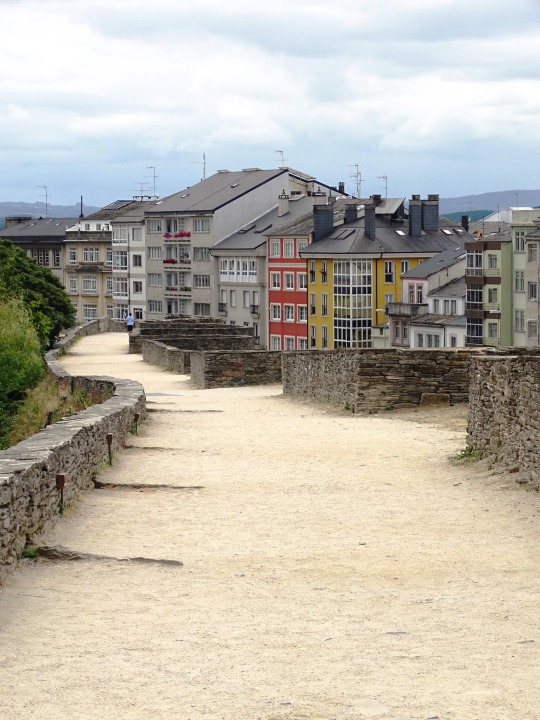



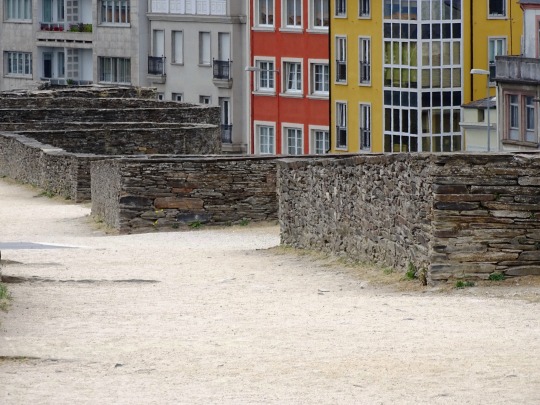




Roman Walls of Lugo, Spain (No. 2)
There are ten gates in the walls: five dating to Roman times; and five added after 1853 to accommodate the expanding town population. The best preserved original gates are the Porta Falsa and the Porta Miña, the latter still has its original vaulted arch set between two towers. Five stairways and a ramp provide access to the parapet walk over the walls. Within the walls, a number of double staircases provide access to the towers from the parapet walk.
Of the original towers, 49 are still intact, and another 39 have partially survived. The towers were built at irregular intervals along the walls. They consist of two storeys and are mostly semicircular; a few are rectangular. The spaces between the towers varies from 5.4 metres (18 ft) to 12.8 metres (42 ft). A mix of materials was used for the construction of the towers. Often the base of the tower was constructed of dressed granite, with the remainder in slate.
Source: Wikipedia
#Roman Walls of Lugo#Lugo#Galicia#A Mariña Occidental#Spain#travel#archaeology#Spanish history#Roman history#engineering#cityscape#vacation#summer 2021#Northern Spain#España#Southern Europe#original photography#tourist attraction#landmark#free admission#wall#tower#stone wall#UNESCO World Heritage Site#impressive
126 notes
·
View notes
Text
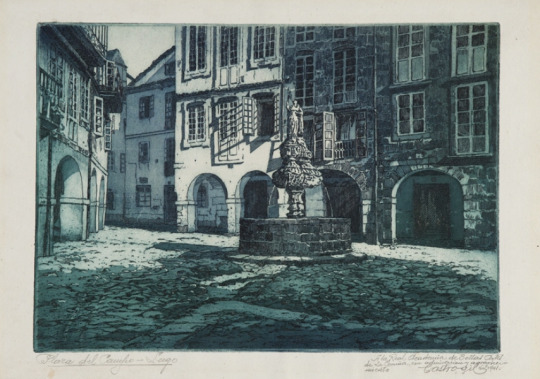
Plaza del Campo, by Manuel Castro Gil (Lugo, 1891-1861).
#manuel castro gil#galician art#urban sketch#lugo#galicia#galiza#spain#eerie aesthetic#eerie#weridcore#dreamcore#monochrome#1800s#19th century#art
3 notes
·
View notes
Text

La Confesión, Saavedra, Lugo, Galicia, España. 1980
Foto: Cristina García Rodero
44 notes
·
View notes
Text
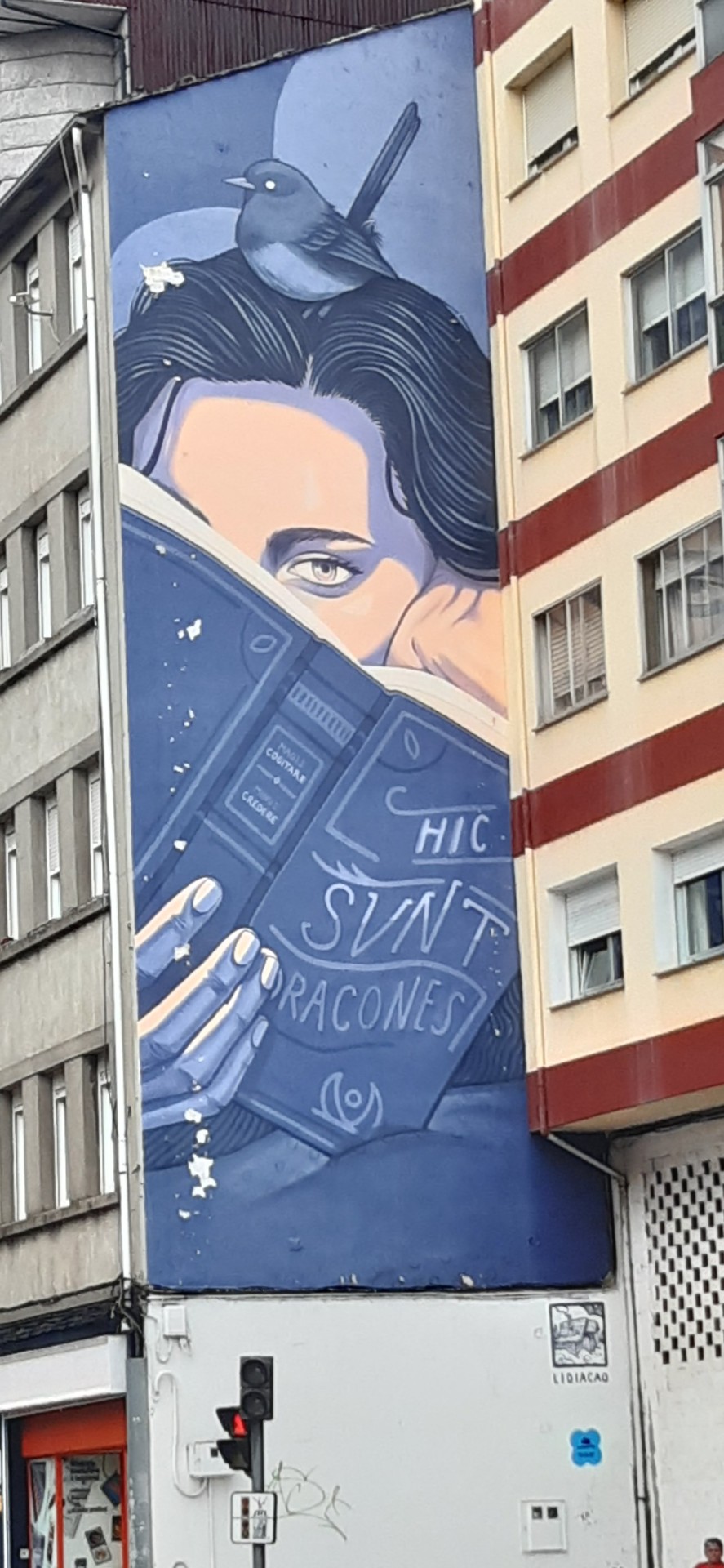

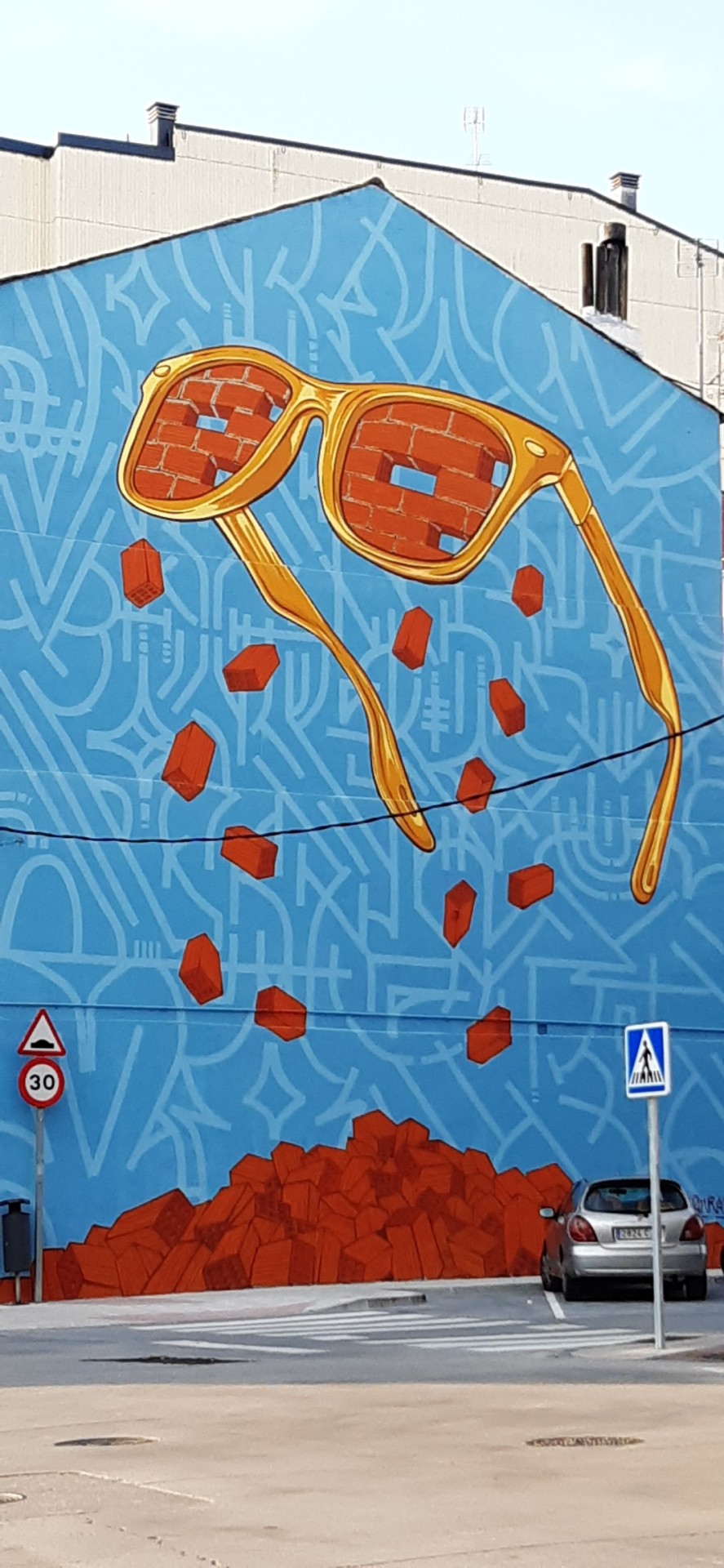



Urban art in my city, Lugo (Spain). This is just a sample, you can check out more stuff by searching at Street Art Cities.
18 notes
·
View notes
Text

Portada en granero de piedra - Portada en hórreo de pedra, Triacastela, Lugo, Galicia, 2011.
#architecture#stone#barn#door#triacastela#lugo#galicia#españa#2011#photographers on tumblr#camino francés#camino santiago
14 notes
·
View notes


